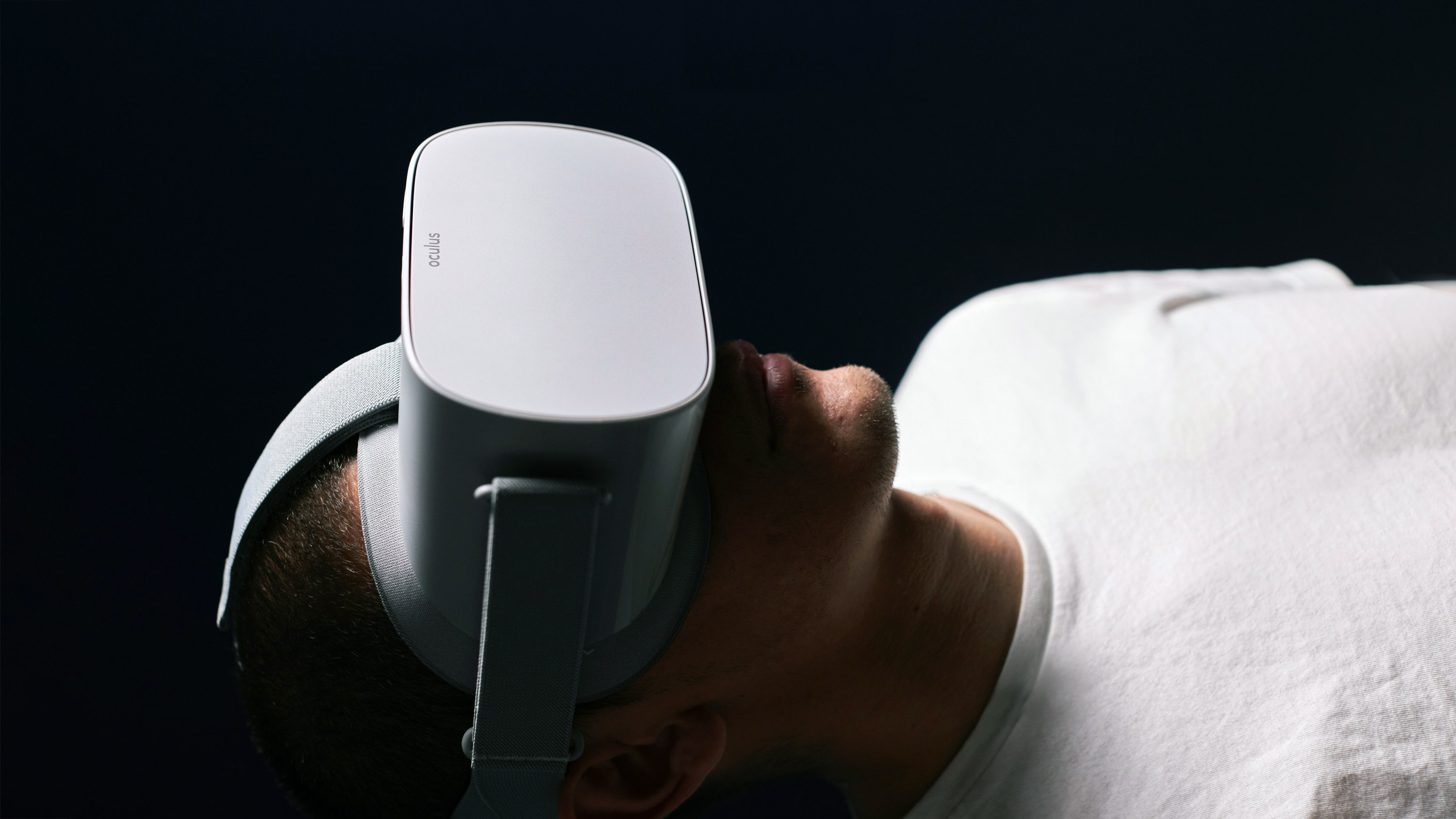Patients immersed in virtual reality during surgery may need less anesthetic
Minimizing the use of sedatives during operations could shorten hospital stays and reduce the risk of complications.

Immersing patients in virtual reality could help reduce the amount of local anesthetic needed for surgery, a new study has found.
A team of researchers at Beth Israel Deaconess Medical Center in Boston split 34 patients undergoing elective hand surgery into two equal-size groups. One group was given a VR headset and offered a range of relaxing immersive programs to view during surgery, while the other went without. The VR programs included 360-degree views of a peaceful meadow, mountaintop, or forest; guided meditation; or videos played against the backdrop of a starry sky.
The VR group requested significantly lower levels of the sedative propofol—in this case used to numb the pain in the hand— than the non-VR group. They received 125.3 milligrams per hour, in comparison to an average of 750.6 milligrams per hour during the study, described in PLoS ONE. The VR group also left the post-anesthesia recovery unit more quickly, spending an average of 63 minutes versus 75 minutes for the non-VR group.
The researchers believe that those in the VR group needed lower levels of the anesthetic because they were more distracted than those who didn’t have virtual visual stimuli. However, the team acknowledges, it’s possible that the VR group could have gone into surgery already believing that VR would be effective. This possibility will need to be explored in future trials.
Reducing the amount of anesthetic a patient receives can help shorten hospital stays and lower the risk of complications, and it could save money on the cost of the drugs themselves.
The team now plans to run a similar subsequent trial in patients undergoing hip and knee surgery to continue exploring whether VR could help manage anxiety during operations, says Adeel Faruki, an assistant professor in anesthesiology at the University of Colorado, who led the study.
There’s a growing body of evidence that VR can be a useful surgery aid, says Brenda Wiederhold, cofounder of the Virtual Reality Medical Center, who was not involved in the study. However, medical experts would need to monitor patients for cyber sickness, a form of motion sickness that VR triggers in some people.
“We have so many use cases for VR and surgeries, like cesarean births and pre-and post-cardiac surgeries,” she says.
VR may be helpful not only during medical procedures but afterwards too, according to Wiederhold, by reducing the risk of chronic pain. “That’s pretty exciting,” she says.
Keep Reading
Most Popular

Happy birthday, baby! What the future holds for those born today
An intelligent digital agent could be a companion for life—and other predictions for the next 125 years.

This researcher wants to replace your brain, little by little
The US government just hired a researcher who thinks we can beat aging with fresh cloned bodies and brain updates.

Here’s how people are actually using AI
Something peculiar and slightly unexpected has happened: people have started forming relationships with AI systems.
Stay connected
Get the latest updates from
MIT Technology Review
Discover special offers, top stories, upcoming events, and more.
